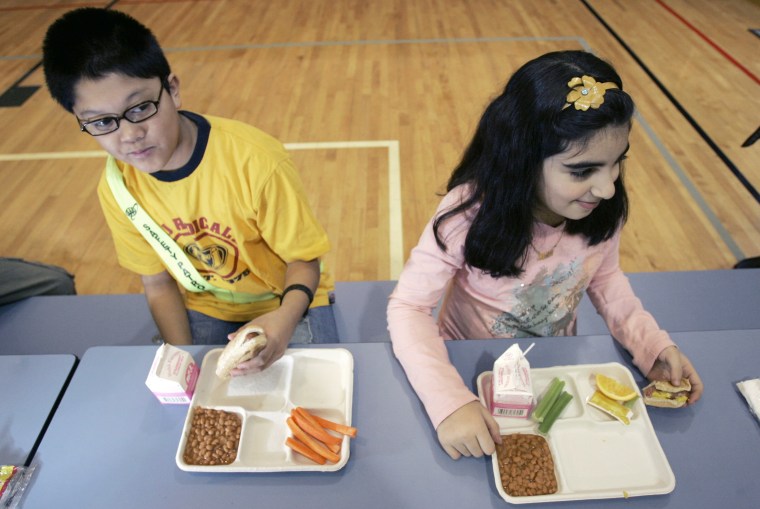Latino children have easier access to sugary and fatty food options than they do to play spaces, and it contributes to disproportionate obesity rates.
Salud America! released a report Tuesday that finds children in high-density Latino neighborhoods more frequently have easy access to unhealthy food options in cafeteria vending machines or within a few blocks of their schools. Dr. Amelie Ramirez, the director of Salud America!, said schools in Hispanic neighborhoods are not providing enough healthy alternatives.
RELATED: Obesity rates among low-income preschoolers dropping in some states
“We’re encouraging schools to do away with their vending machines, and options like that, because children are surrounded by unnecessarily high caloric food,” she said. “Also within close proximity of these schools are convenience stores and fast food restaurants that also contribute to the increase in our Latino students’ weight.”
Ramirez and her team found that despite First Lady Michelle Obama’s federally mandated healthy food initiative, schools in predominantly Latino neighborhoods are not necessarily following the guidelines. Their study shows Latino-majority schools tend to have “weaker policies on school snacks and drinks than white-majority schools.”
In a time when nearly half of Americans have diabetes or high blood sugar, controlling portion sizes, lowering calorie intake and encouraging exercise would help lower childhood obesity rates. In California, where schools have stricter food standards, children drank more water and ate less sugar than students of the same age in neighboring states. Ramirez said controlling consumption helps, but it is not enough.
“Our food portions have increased over time as well, so there are all these extra calories,” Ramirez said. “In addition to the nutrition, our kids also don’t have access to safe spaces for physical activity and exercise.”

